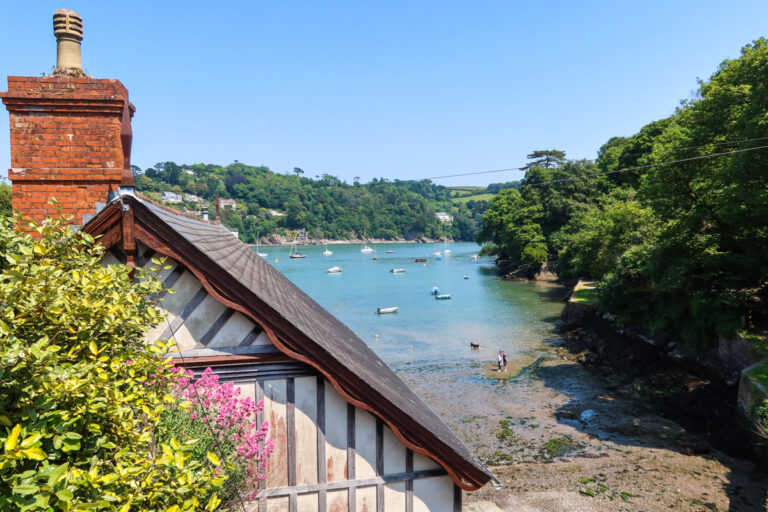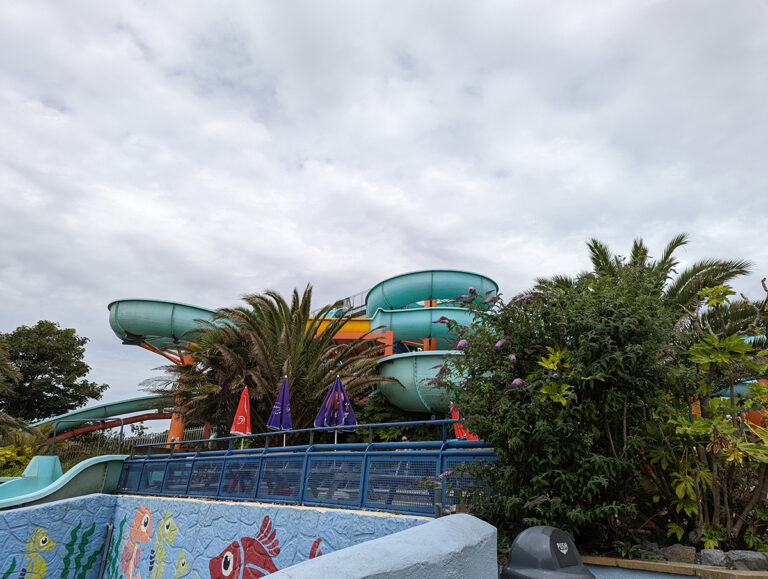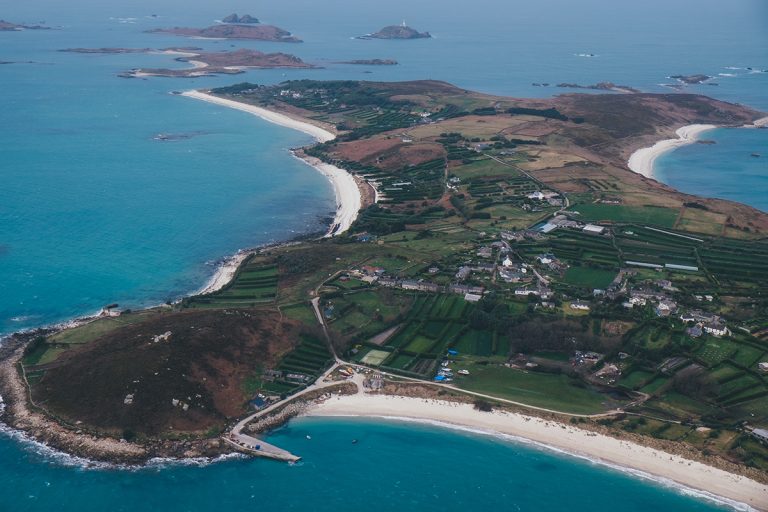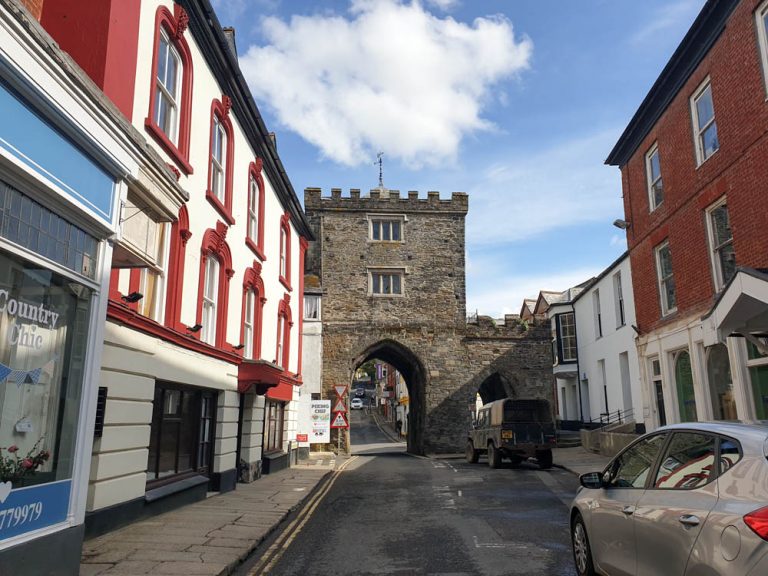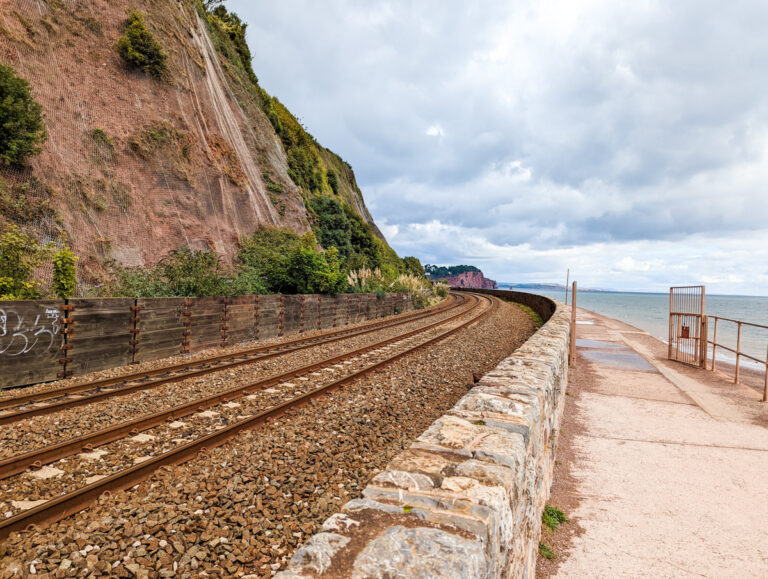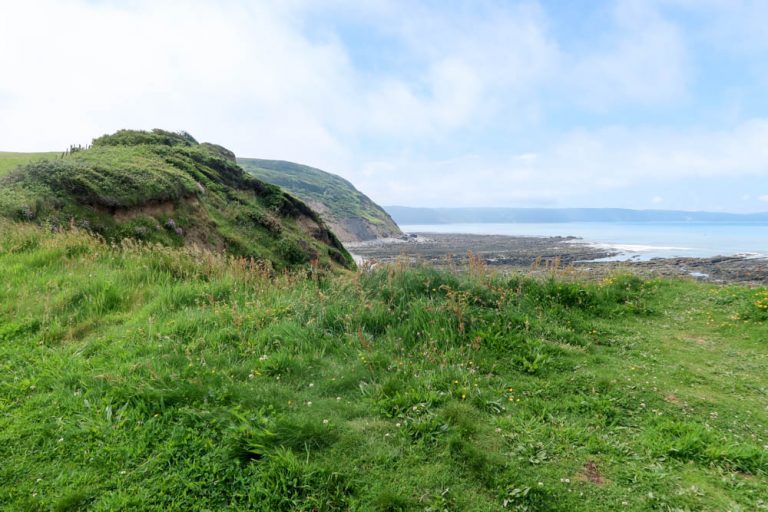Where is the West Country? A geographical and cultural guide
This travel blog is all about travel in South West England, which is more commonly known as the West Country. But you may be wondering, where is the West Country? What makes the West Country so distinguishable? And what is so special about the West Country?
The West Country is an incredibly special place to me and many others who either call it home or visit it every year. It’s a place where cider is more popular than beer, where the locals are friendly and enjoy a more relaxed way of life, where epic nature is easy to reach from built-up areas, and a place that’s full of beaches that will make you say, “I didn’t know England could be THIS beautiful!”
But where is exactly is the West Country, and how do you define it? We’ll go into it in this article!
Where is the West Country? The Loose Definition
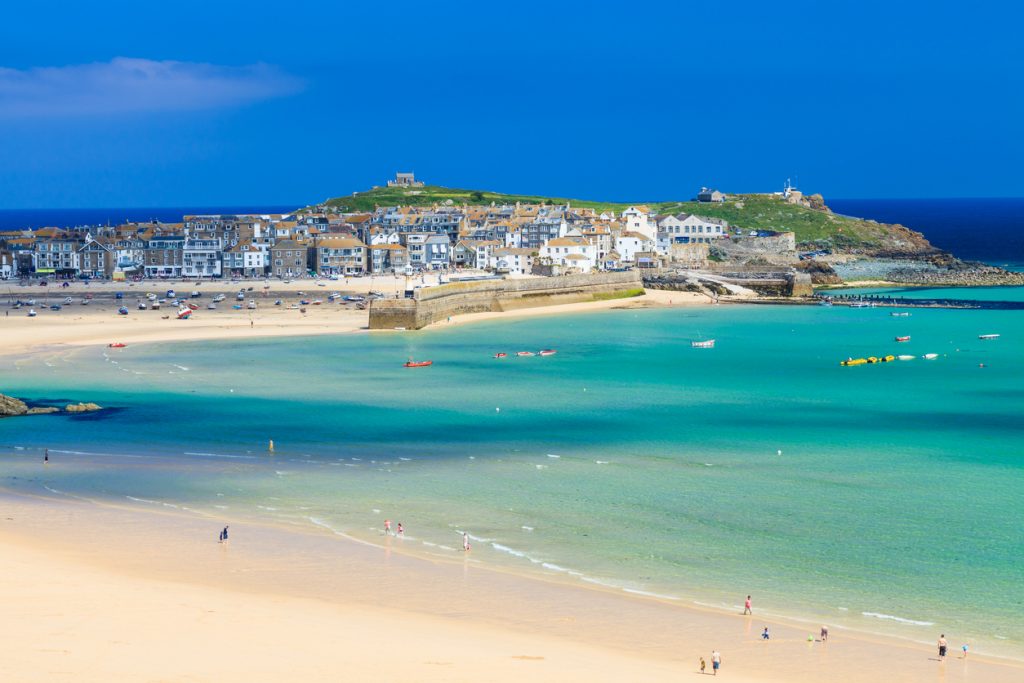
The West Country is loosely defined as the South Western counties of the UK. This definitely includes Cornwall, Devon and Somerset. Most people also incorporate Bristol and Dorset into their definition of the West Country, and some also include Gloucestershire and Wiltshire. This website will eventually focus on all of these counties and the City of Bristol.
Very loose definitions sometimes incorporate West Hampshire and the Isle of Wight, but most people consider this to be the start of South East England, or at least just South England.
Likewise, a few people consider Herefordshire to be in the West Country, but it’s more like the start of the West Midlands.
Wessex and Dumnonia
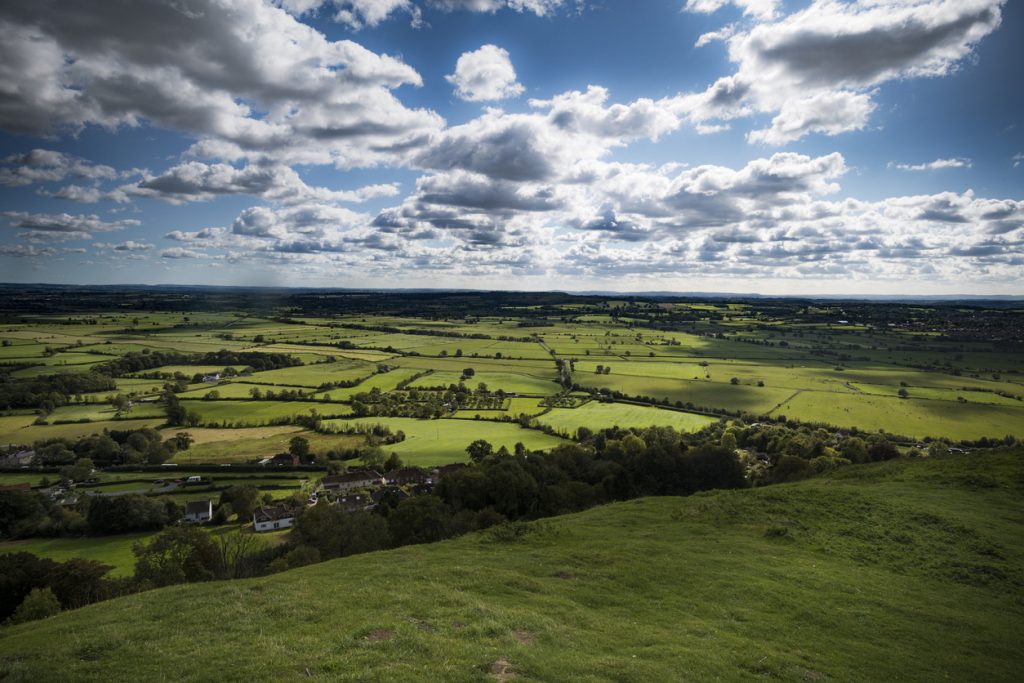
Historically, these counties in Southern England were part of two kingdoms – the Anglo-Saxon kingdom of Wessex, which covered much of South West England (Wiltshire, Somerset and Dorset) and the Brythonic kingdom of Dumnonia (part of Devon and Cornwall). Anglo-Saxons came from Germanic Saxon tribes, whereas the Brythonic people were Indigenous Celtic.
This paved the way for how fiercely independent Cornwall still is to this day. Cornwall is an entity of its own within the West Country!
Cornwall
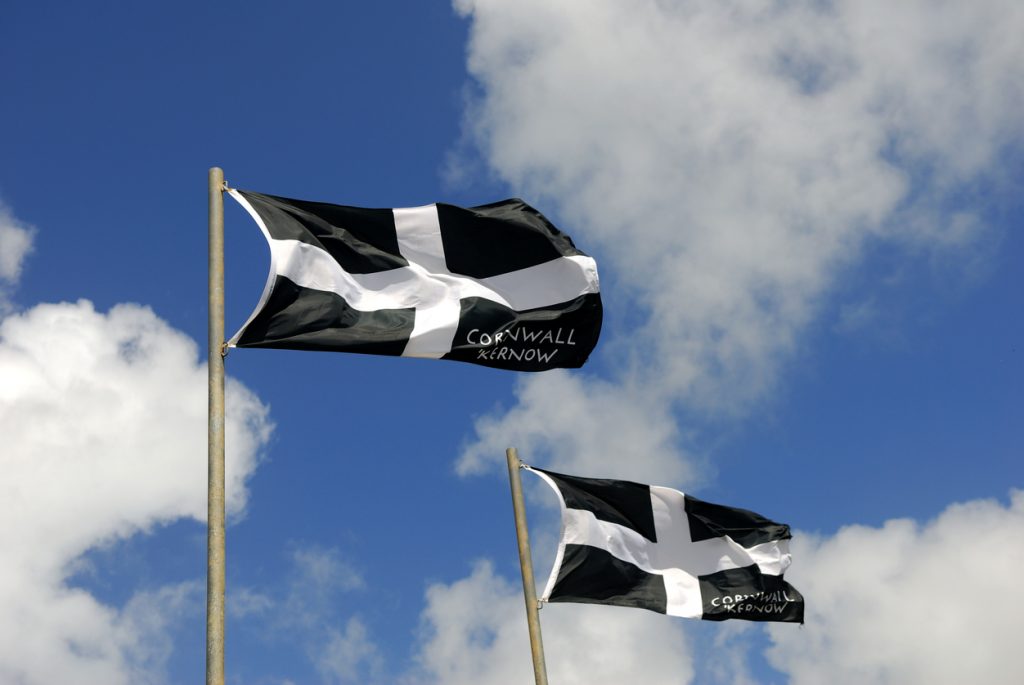
Cornwall has a solid argument for not being England. Its geographical position (it only has a 7 mile border with Devon, and the rest of the county is surrounded by the sea and the River Tamar) and its natural geology (lots of rocky cliffs and the impassable Bodmin Moor at its centre) meant that Romans and Anglo Saxons never populated it as they did the rest of the country.
The Romans did trade tin in Cornwall, but they didn’t feel the need to occupy the area, like in Bath and Exeter. The Anglo-Saxons left it well alone. This meant that the Brythonic people remained there, speaking their own language and having their own customs.
The Tudors were the main instigators of Cornwall being ‘properly’ in England. Although Elizabeth I is thought to have spoken some Cornish, her father and grandfather passed a few laws that negatively impacted Cornish tin-mining and, subsequently, the county’s entire economy. How did the Cornish react to this? Rebellion.
There were three Cornish rebellions, two in 1497 and one in 1549 – the last one was focused on the English reformation. Cornish troops were protesting changes and unfair treatment and were drawing attention to the fact that they didn’t really want to be part of this country.
The rebellions were sadly squashed by the much bigger Tudor army. The Cornish language gradually died out as the area became more and more anglicised, the last native speaker dying in 1777, and the last person who had some awareness of the language died in 1897.
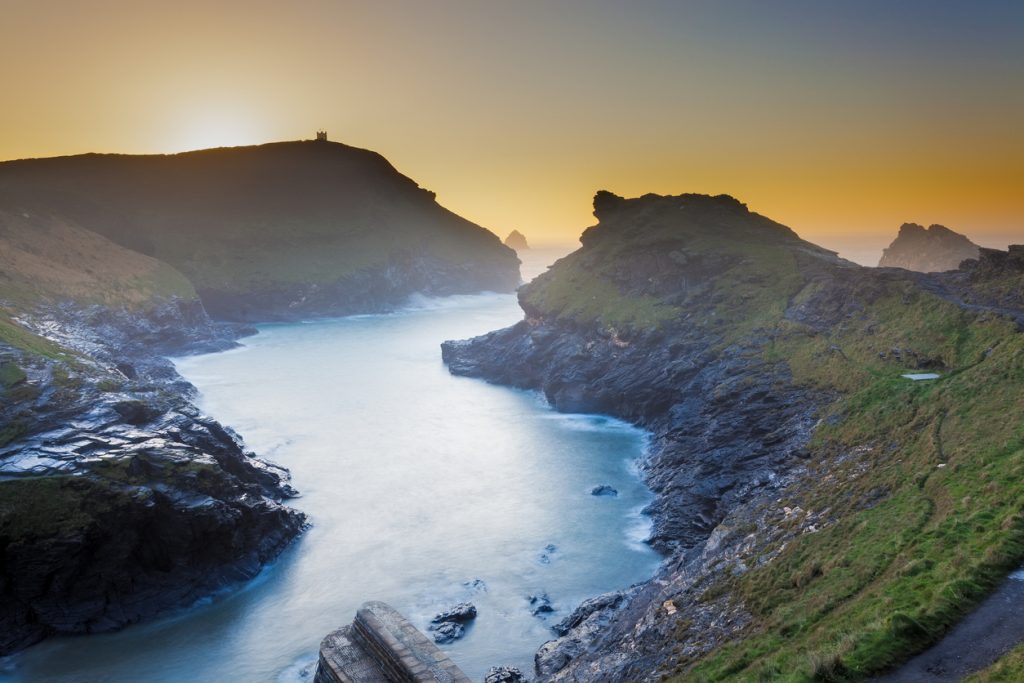
However, this is not where the story of the Cornish language ends. Cornish culture and its independent spirit has never died, and the language was revived in the latter part of the 20th century. In 2009, UNESCO changed their categorisation of Cornish from ‘extinct’ to ‘critically endangered’.
Nowadays, there’s a movement that’s gaining momentum for Cornwall to have more recognition as its own nation. In 2014, Cornish people were granted minority status. However, many people in Cornwall don’t want to be completely independent but would like to have more recognition of its distinct culture within Britain – like Scotland and Wales.
What characterises the West Country?
While the geographic answer to ‘where is the West Country’ is a little vague, there are certain aspects of its culture that make it a very clearly defined area.
Culture
Contrary to popular opinion, there’s quite a lot of diversity in the West Country – while there is a lot of coutryside, there are also a few different cities, from major hubs such as Bristol, to Wells which is the smallest city in the UK. Therefore, the culture obviously varies hugely!
Bristol has an arty culture; some of its most popular attractions are its street art! Throughout the years, it has always had a strong reliance on the water and has a lot of ship-making history.
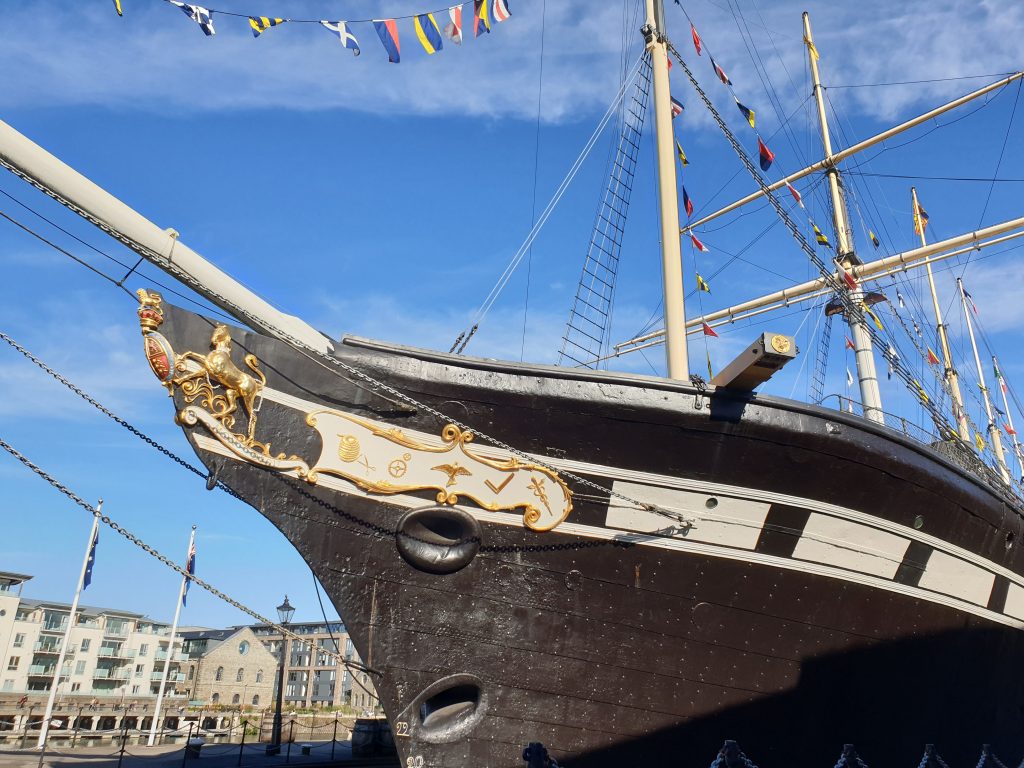
You’ll see this reliance on the water all over the West Country. Plymouth has the biggest navy base in the country, and there are lots of fishing villages all over Devon and Cornwall.
There is also a big farming culture in parts of South West England. As well as staggering beaches, there’s a lot of rolling countryside, punctuated by farms and jaw-dropping natural attractions.
There are many legends in South West England, from Arthurian stories to Dartmoor ghost stories to a range of Cornish saints. It’s a place full of fantastic tales and intriguing discussions. If you want to learn a little more about the myths and legends, visit Glastonbury Tor, Tintagel Castle, or Clovelly. You could also do a paranormal tour at Bodmin Moor or visit Sennen Cove to learn about the Whooper.
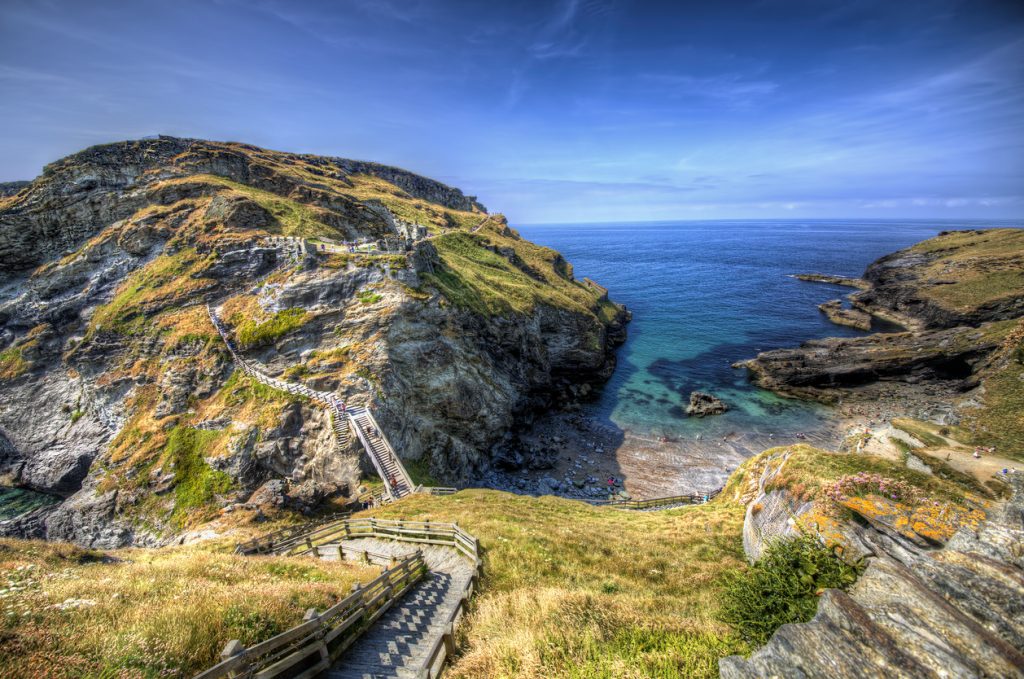
There’s also a fascinating culture surrounding Druids and ancient history too. For Druid history, visit Stonehenge (which was believed to be built by the Druids until fairly recently but still has strong Druid connections).
There’s a strong music scene in Bristol, with lots of festivals throughout the year. Somerset is home to the world-famous Glastonbury Festival and The Wurzels, who are perhaps the most famous band from the ‘Scrumpy and Western’ genre. There are also some lovely Sea Shanty bands in the South West, with intriguing songs harking back from days long gone.
Because of the South West’s geographic postition – it never saw Europe settlers on the same scale as other areas of the country – it’s distinct culture has thrived.
Where does the West Country accent come from?
South West England has a few very well-defined accents; also due to the fact that this area of the country has been invaded less over time. The accent typically has a strong R – this is called a ‘rhotic accent’. The A sound is also elongated. There are a few differences amongst accents throughout the region, but they have many similarities.
Then there’s West Country slang. This includes phrases like:
- “Alright me luver/ babber?” – hello (Bristol)
- “Where’s it to?” – where is it (Bristol)
- “Proper job” – job well done (all over, especially in Cornwall and Devon)
- “Dreckly” – at some point in the future (Cornwall)
Language
Once again, Cornwall stands apart – it actually has its own language. Rather than adopt the Germanic languages spoken in the rest of the country, Cornwall spoke its own Celtic tongue for centuries. Unfortunatley, this was squashed over the years and eventually died out in the 18th century.
However, since the 20th century, there has been a revival of the Cornish language. Nowadays, there is much more of this Celtic language influence around Cornwall, and most Cornish people can speak a few words of their local tongue. There are around 30,000 fluent speakers, and some families are even growing up speaking Cornish, so there are once again native speakers.
Food and Drink
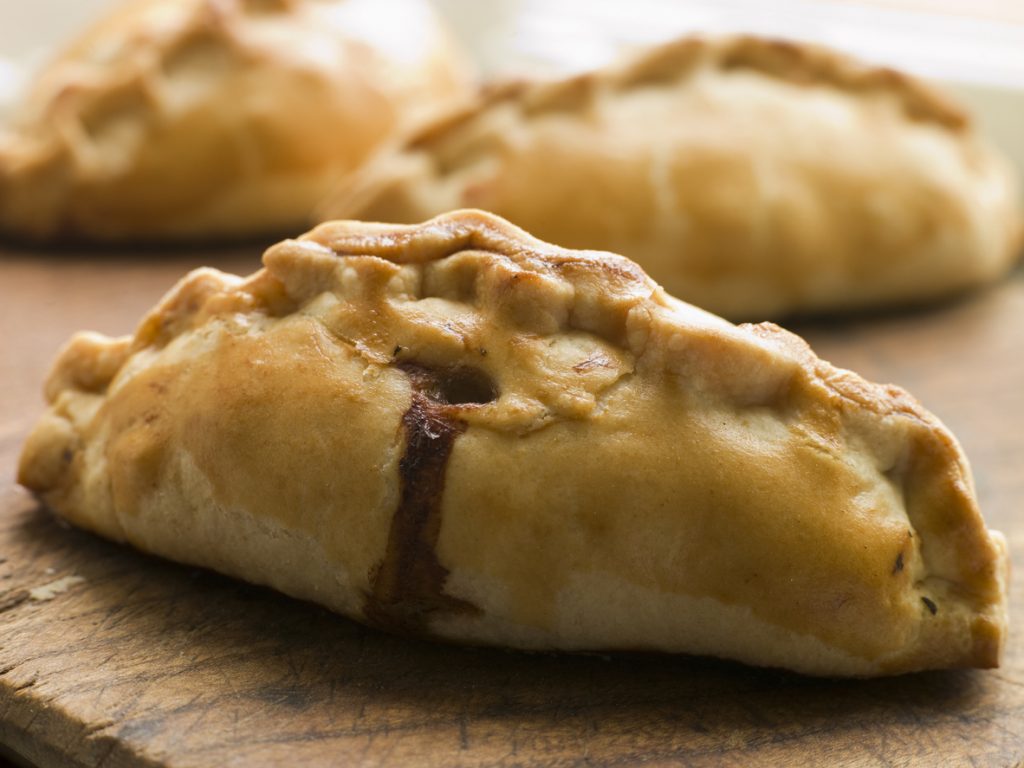
There are a few different foods that summarise the West Country.
- Cheese is made throughout the region. Cheddar cheese, perhaps Britain’s most famous cheese, is made – unsurprisingly – in Cheddar, Somerset. For the finest cheddar cheeses in the country, make sure you go to the Original Cheddar Cheese Co! You’ve also got Devon blue cheese and Cornish Yarg.
- Cream tea is from both Devon and Cornwall. This is a ‘meal’ that you’ll eat at about 3pm in the afternoon – usually when you have guests over or for a special occasion. It consists of a pot of tea and scones with cream and jam. The difference between Cornish cream tea and Devon cream tea is which way round you put the jam and cream on. In Devon, the cream goes on first, whereas in Cornwall, the jam goes on first!
- We can’t miss out on Cornish pasties on this list. These were traditionally made with beef, onion, carrot and swede and were eaten by miners, but nowadays they are popularly eaten throughout Cornwall and you can find lots of options – including vegetarian pasties.
- A few foods are typical of Bristol, although you won’t necessarily think of them as ‘Bristolian foods’. This includes chocolate bars (the first was made in Bristol!) and Ribena, the blackcurrant squash.
- Nowadays, Bristol is renowned for being ‘the vegan capital of the world‘.
If you go to the West Country, you’ll drink more cider than beer. If you don’t, you’re not doing it right! The consumption of cider is widespread throughout the entire region, and most locals have a religious obsession with the drink. If that’s not your thing, there are also West Country ales and even local wine in Cornwall.
Best Things to do in the West Country
The tourist industry is big in South West England, and for a good reason. These are just some of the amazing tourist attractions in the West Country.
Road Trip the Jurassic Coast
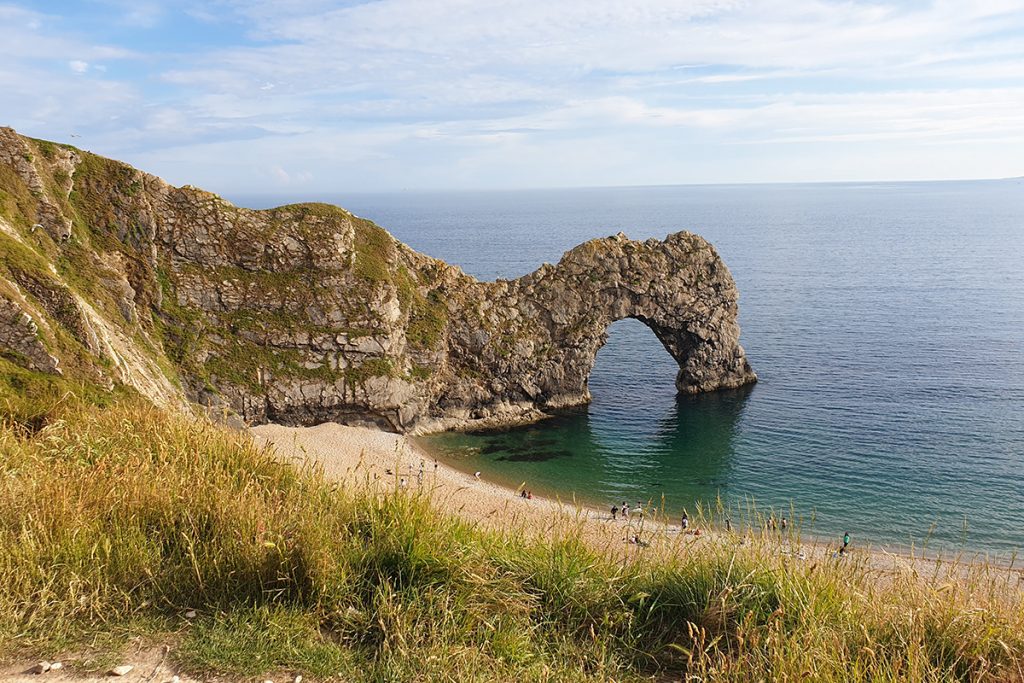
The Jurassic Coast starts in East Dorset and spans all the way to Orcombe Point by Exmouth. It’s one of the most scenic coastlines in the country, with stunning sandy beaches and fascinating geological rock formations.
The Dorset end starts at Old Harry’s Rocks, which are white chalk formations. The rest of the coast is made from rock and fossils from the Jurassic and Triassic periods and has some of the country’s most breathtaking views, such as the epic Durdle Door.
In Devon, you’ll get to enjoy the oldest part of the coast and countless small beach towns.
Hiking in Dartmoor, Exmoor, or Bodmin
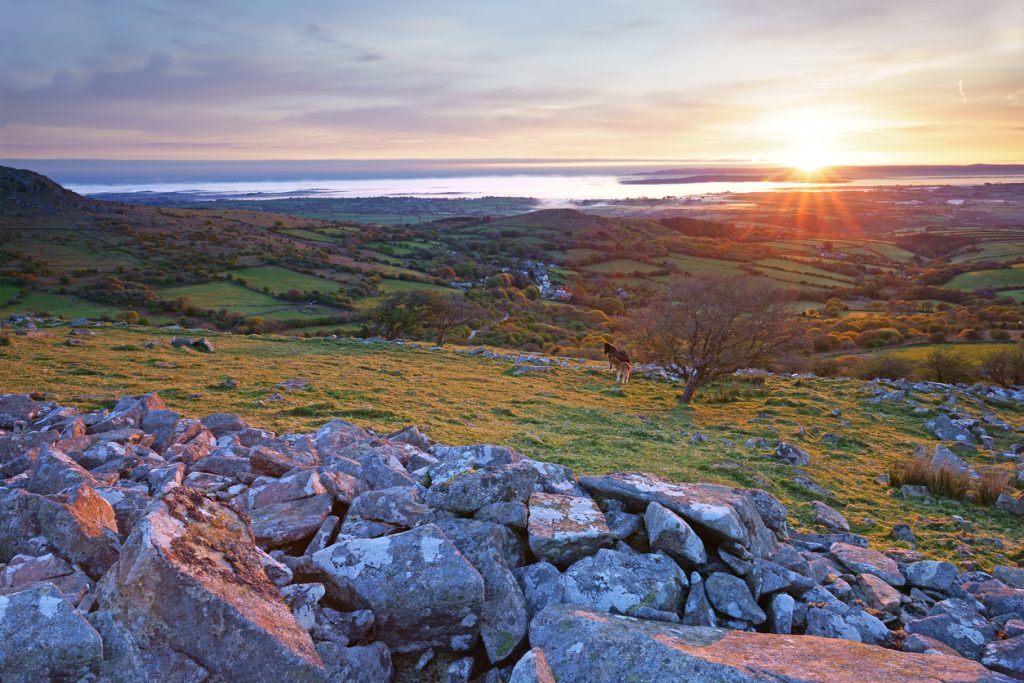
The West Country is a fantastic destination for hiking. Exmoor and Dartmoor are located in Devon, and Bodmin Moor is in Cornwall. You can do all sorts of hikes in any of these moors, from short half-hour strolls to multi-day treks. All three moors are beautiful, enigmatic and alluring.
Be careful on the moors – visibility can be obscured, and weather can change rapidly. Seek local advice before heading out, and make sure that you stick to marked paths and have the appropriate gear.
City culture in Bristol
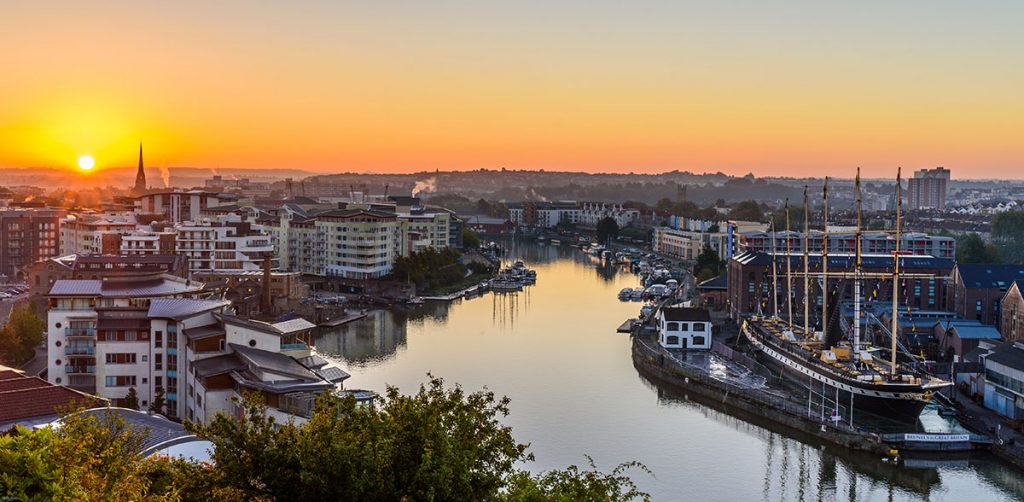
Bristol is the biggest West Country city, and it’s a great place to soak up some city culture. There are so many unique things to do here – from crossing the famous Suspension Bridge that links the city to North Somerset to walking around the harbour and learning about its waterfront history onboard the SS Great Britain.
There are also many suburbs with their own unique feel, such as Stokes Croft and Southville which both have fantastic street art. And the food scene in Bristol is incredible!
There are so many things to do in Bristol – spend at least a weekend here, in summer or winter, and be aware that you’ll probably be back for more!
Cheddar Gorge
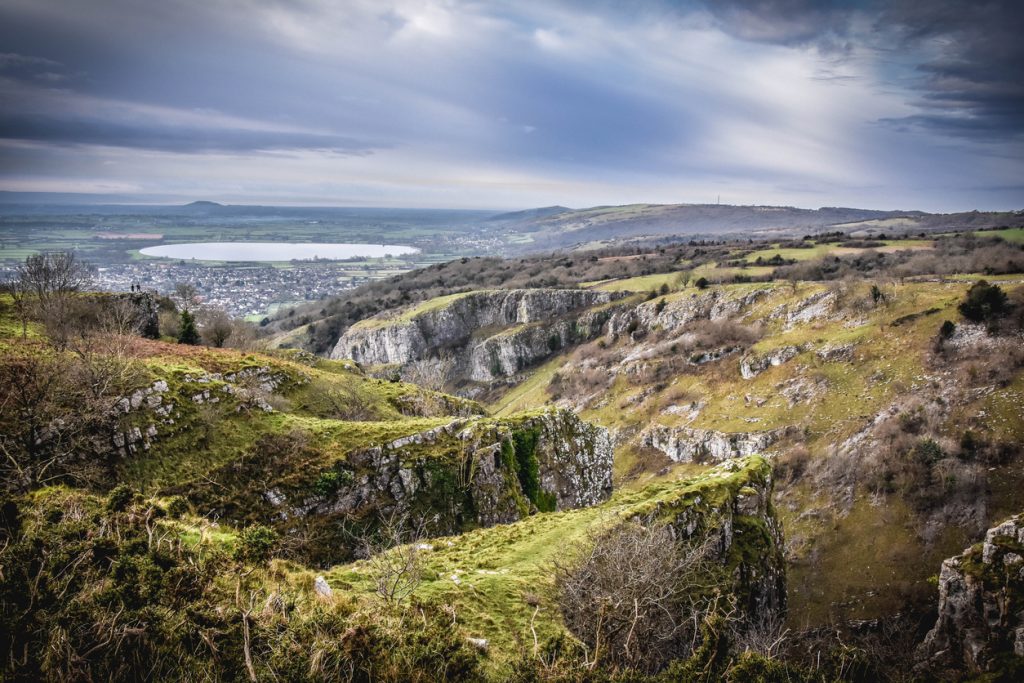
Cheddar Gorge is one of the country’s best natural attractions; it is the deepest gorge in England and there are some spectacular views from here. It was where the remains of Cheddar Man were found – a fossil from the Mesolithic era (around 10,000 years ago) – so there’s plenty of history to learn as well.
The nearby town of Cheddar is a must-visit for one obvious reason – cheese! This is where the famous cheddar cheese is from. There are loads of other things to do in Cheddar, including exploring caves and going rock climbing!
The Spa City of Bath
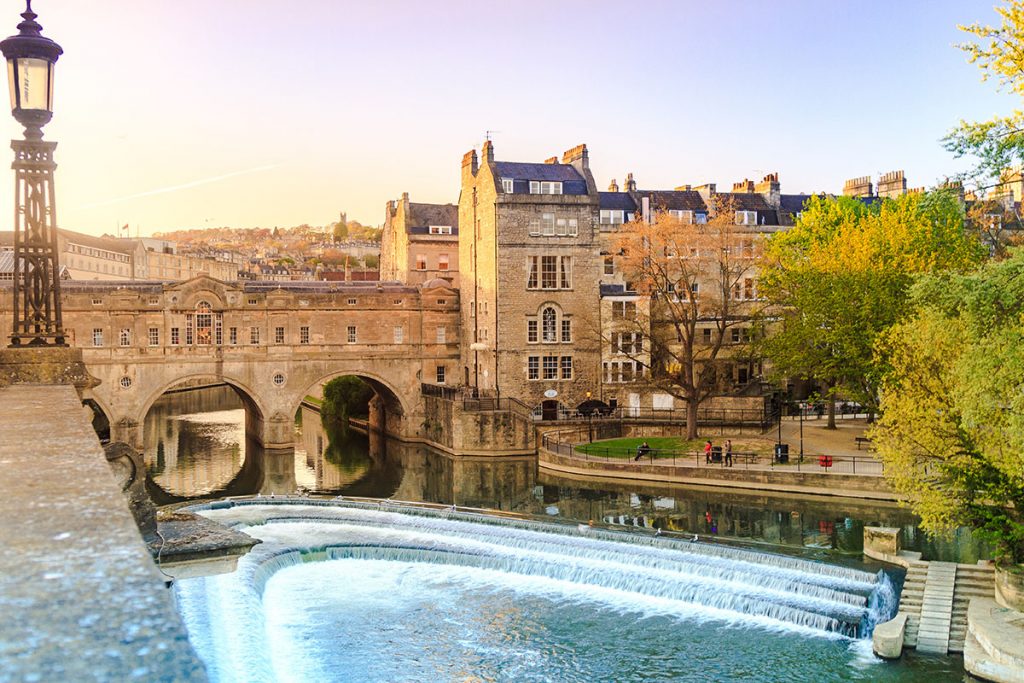
There are so many reasons to visit Bath in North Somerset – it’s one of the most popular places to visit in the UK, but for very good reason.
The Romans liked it here – they discovered the hot springs and built their own baths in the city centre. You can visit these and learn all about Roman history.
Don’t miss Bath Abbey, which is where the first King of England was crowned. You can climb up to the top of the tower and get a great view over the city.
Then there are Bath’s crescents. This city flourished in the 18th and 19th century, and there are still many crescents today that hark back to this period. To see what these Georgian houses looked like on the inside, you can visit No 1 Royal Crescent which is modelled to resemble a house from the time.
After all the history, it’s time for a bit of pampering! In Bath, you can enjoy a traditional cream tea in the pump rooms before heading for a soak in the spa. This isn’t the Roman one – the Bath Thermae Spa is a modern establishment, the perfect place to soak in after a long day of exploring.
It’s worth spending an entire weekend in Bath to experience all of the best things to do here.
The Many Beaches of the Cornish Coast
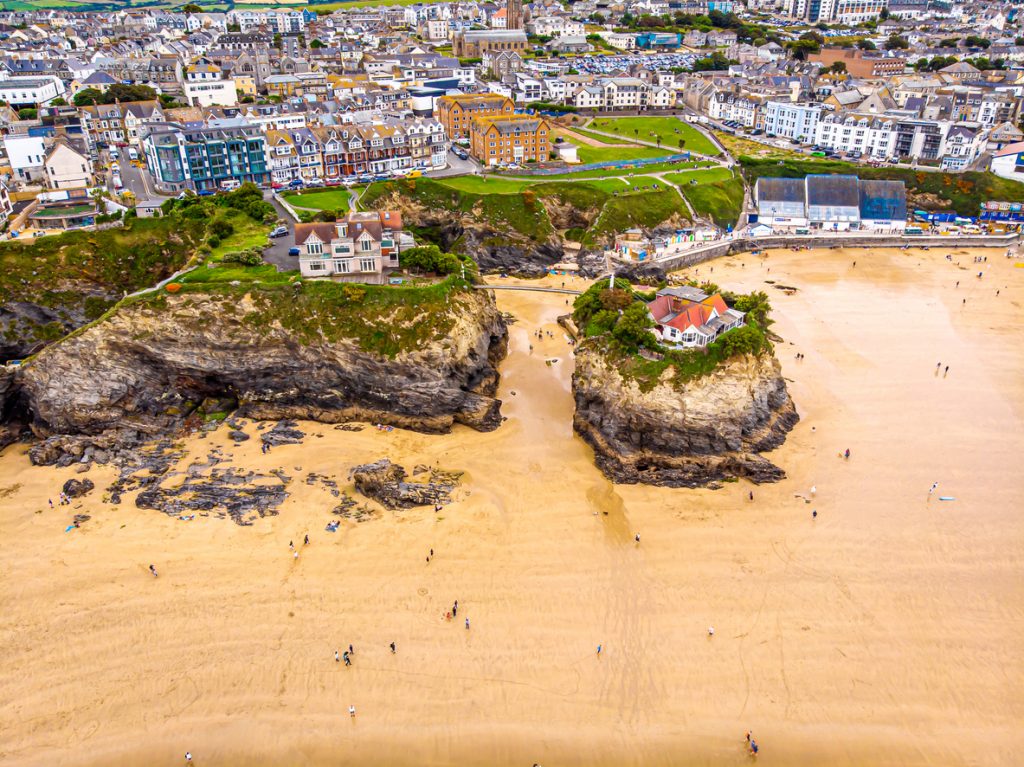
There are so many beautiful beaches to visit in Cornwall. Some of my favourites include:
- Summerleaze Beach in Bude – which is expansive and great for swimming.
- The small harbour beach in the fishing village of Port Isaac.
- Fistral beach in Newquay, which is world-famous for surfing.
- Porthminster Beach in St Ives.
- Sennen Cove Beach.
- The stunning Polperro Beach.
Historic Villages of the Cotswolds
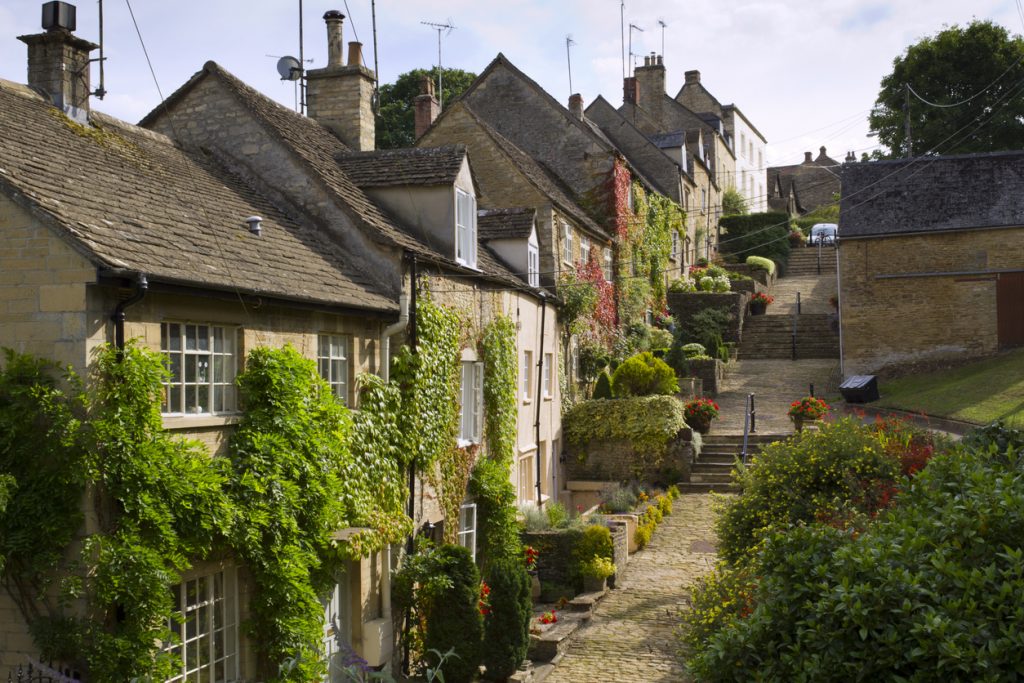
The Cotswolds is an area of beautiful rolling hills dotted by the occasional charismatic village. Not all of the Cotswolds are strictly considered West Country; parts of it are in Oxfordshire, which is technically a home county and Warwickshire and Worcestershire, the West Midlands.
However, a large part of Gloucestershire in the Cotswolds, as are areas of Wiltshire and North Somerset. Many villages in the Cotswolds are great day trips from Bath or Bristol, too.
- Bourton in the Water is perhaps the most popular village in the Cotswolds. It’s famous for being ‘The Venice of the Cotswolds’ due to its beautiful water.
- Stow on the Wold is a Gloucestershire market town with oodles of history. It’s got charming historic buildings and beautiful surrounding nature.
- Winchcombe is an early Medieval town where Jane Seymour once lived.
- Bradford on Avon is a Wiltshire Cotswolds town with a beautiful canal that connects to Bath.
Stonehenge
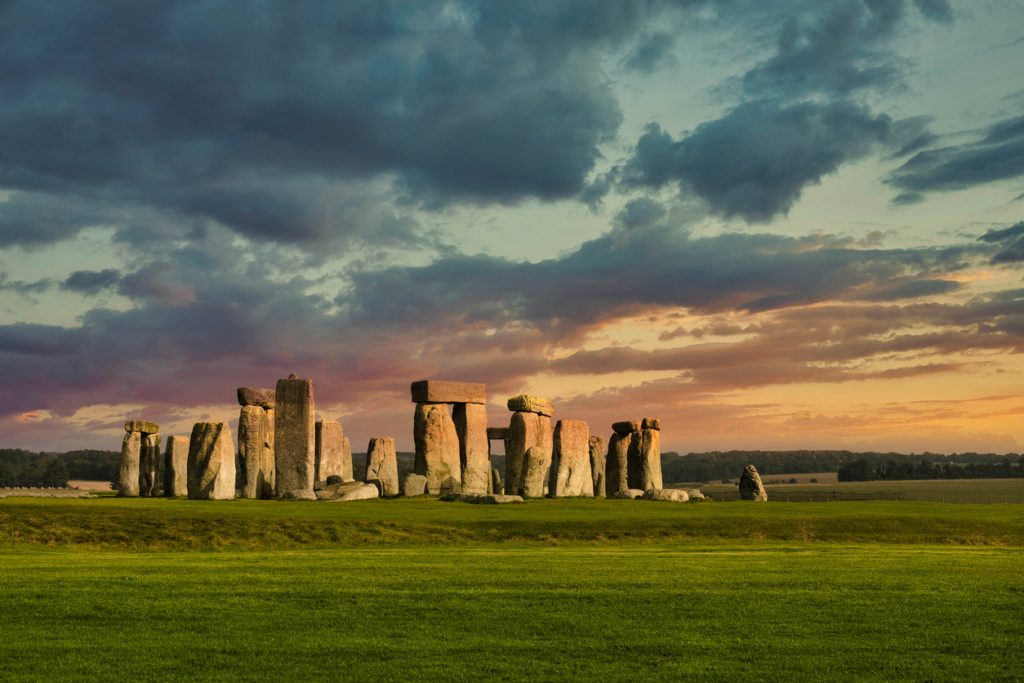
One of the most notable prehistoric monuments in the world, Stonehenge is an epic place to visit in Wiltshire. The stone circle’s origins are unknown – people thought it was the Druids for ages, but now scholars generally accept that it was a burial site and was built over a few centuries.
The biggest mystery of Stonehenge is how the rock got there – the ancient civilisation who built them transported the stones from the Preseli Hills in Wales, which are around 200 miles from Stonehenge’s site.
They are definitley one of the best places to visit in South West England and will leave you puzzled for days after.
Glastonbury
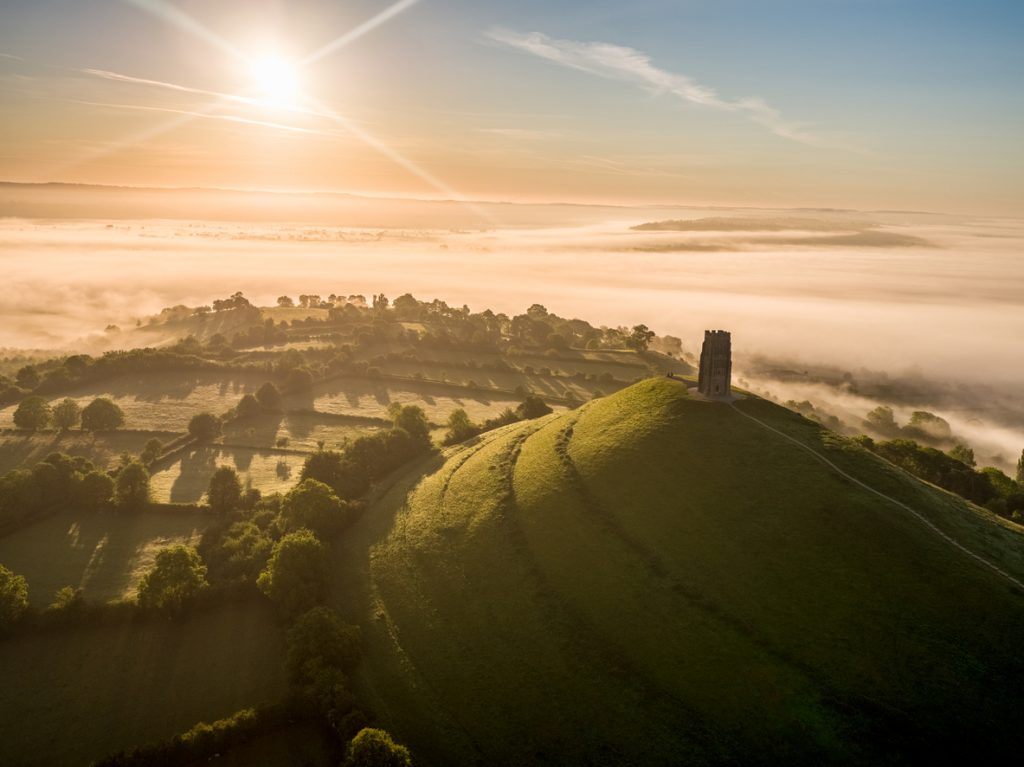
Glastonbury is a quirky town situated on the edge of the Mendip Hills in Somerset. Here you can climb up Glastonbury Tor and marvel at the amazing view around you, learn about the town’s mythical history, and walk down the high street and browse the unique shops.
Glastonbury is only a stone’s throw from Wells, which is the UK’s smallest city. It’s got a very impressive Cathedral and the oldest purely residential street in the country!
Lundy Island
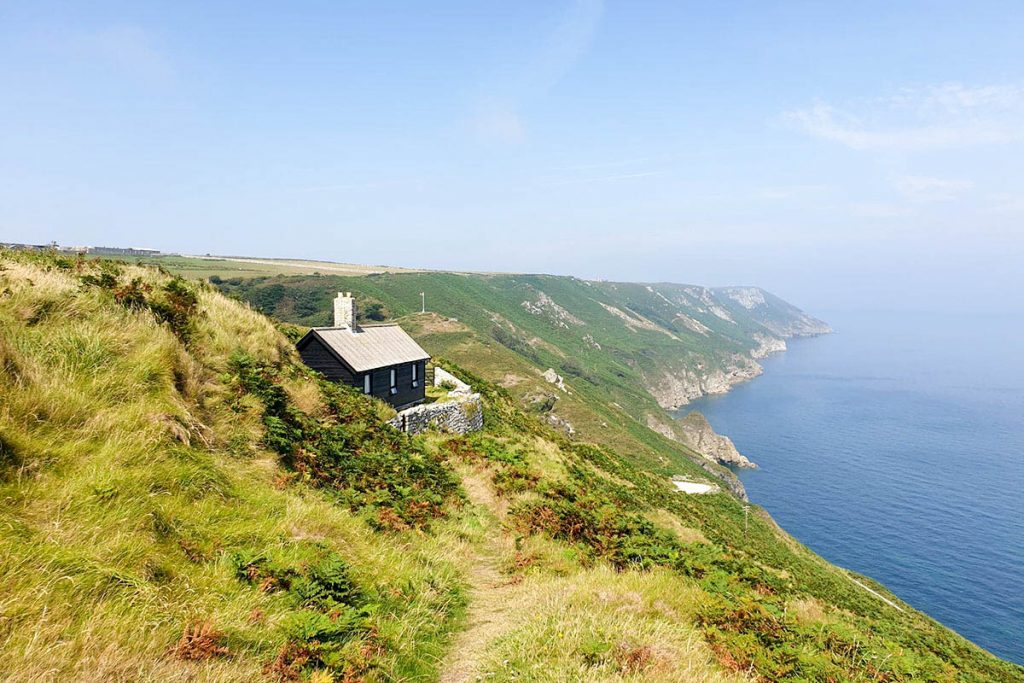
This is an absolute gem of a place sitting in North Devon. Lundy Island is a largely uninhabited island with some fascinating stories behind it. Sitting where the Bristol Channel and the Atlantic Ocean meet, it’s got some incredible wildlife as well as many fascinating stories about island residents.
Today, you can visit the island for wildlife spotting (look out for seals and puffins!), coastal walks, and epic stargazing at night. You can do a day trip to Lundy Island, but I recommend an overnight stay if possible.
The Wonderful West Country!
So, where is the West Country? I hope that this blog post has given you a loose definition through location, culture and history!
The West Country is a wonderful part of the UK – you won’t be able to find such epic nature, distinct cultre and delicious cuisine anywhere else! If you’re planning a staycation trip in the UK, I highly recommend any of the counties that make up this wonderful part of the country.

